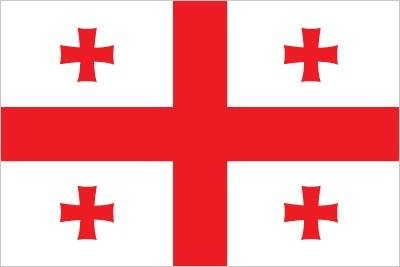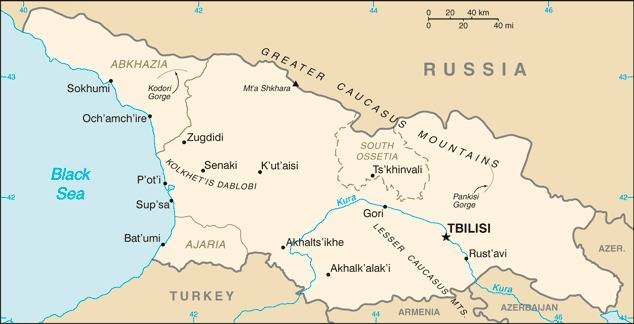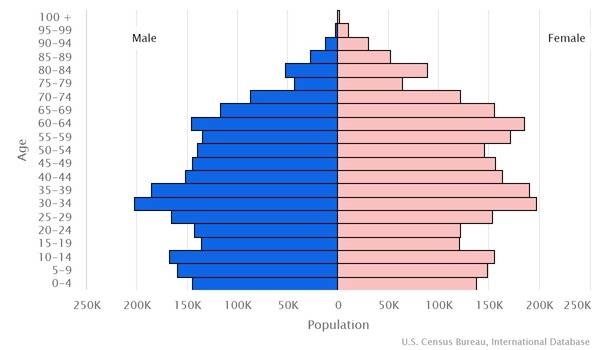Country Summary




Introduction
Background
Georgia contained the ancient kingdoms of Colchis and Kartli-Iberia. The area came under Roman influence in the first centuries A.D., and Christianity became the state religion in the 330s. Independent for three years (1918-1921) following the Russian revolution, it was forcibly incorporated into the USSR in 1921 and regained its independence when the Soviet Union dissolved in 1991.
Geography
Area
total: 69,700 sq km
land: 69,700 sq km
water: 0 sq km
Climate
warm and pleasant; Mediterranean-like on Black Sea coast
Natural resources
timber, hydropower, manganese deposits, iron ore, copper, minor coal and oil deposits; coastal climate and soils allow for important tea and citrus growth
People and Society
Population
4,935,518 (2022 est.)
Ethnic groups
Georgian 86.8%, Azeri 6.3%, Armenian 4.5%, other 2.3% (includes Russian, Ossetian, Yazidi, Ukrainian, Kist, Greek) (2014 est.)
Languages
Georgian (official) 87.6%, Azeri 6.2%, Armenian 3.9%, Russian 1.2%, other 1%; note - Abkhaz is the official language in Abkhazia (2014 est.)
Religions
Orthodox (official) 83.4%, Muslim 10.7%, Armenian Apostolic 2.9%, other 1.2% (includes Catholic, Jehovah's Witness, Yazidi, Protestant, Jewish), none 0.5%, unspecified/no answer 1.2% (2014 est.)
Population growth rate
0.03% (2022 est.)
Government
Government type
semi-presidential republic
Capital
name: Tbilisi
Executive branch
chief of state: President Salome ZOURABICHVILI (since 16 December 2018)
head of government: Prime Minister Irakli GARIBASHVILI (since 22 February 2021)
Legislative branch
description: unicameral Parliament or Sakartvelos Parlamenti (150 seats statutory, 144 current; 120 members directly elected in a single nationwide constituency by closed, party-list proportional representation vote and 30 directly elected in single-seat constituencies by at least 50% majority vote, with a runoff if needed; no party earning less than 40% of total votes may claim a majority; members serve 4-year terms)
Economy
Economic overview
COVID-19 crippled tourism, transportation, and construction sectors; rising unemployment, public debts and poverty; foreign investment and domestic bond issuance
Real GDP (purchasing power parity)
$52.33 billion (2020 est.)
Real GDP per capita
$14,100 (2020 est.)
Agricultural products
milk, grapes, maize, potatoes, wheat, watermelons, tomatoes, tangerines/mandarins, barley, apples
Industries
steel, machine tools, electrical appliances, mining (manganese, copper, gold), chemicals, wood products, wine
Exports
$5.94 billion (2020 est.)
Exports - partners
Russia 12%, Azerbaijan 12%, Armenia 9%, Bulgaria 8%, China 6%, Turkey 6%, Ukraine 6% (2019)
Exports - commodities
copper, cars, iron alloys, wine, packaged medicines (2019)
Imports
$8.94 billion (2020 est.)
Imports - partners
Turkey 17%, China 11%, Russia 9%, Azerbaijan 6%, United States 6%, Germany 5% (2019)
Imports - commodities
cars, refined petroleum, copper, packaged medicines, natural gas (2019)
Exchange rates
laris (GEL) per US dollar -
Page last updated: Wednesday, June 15, 2022
